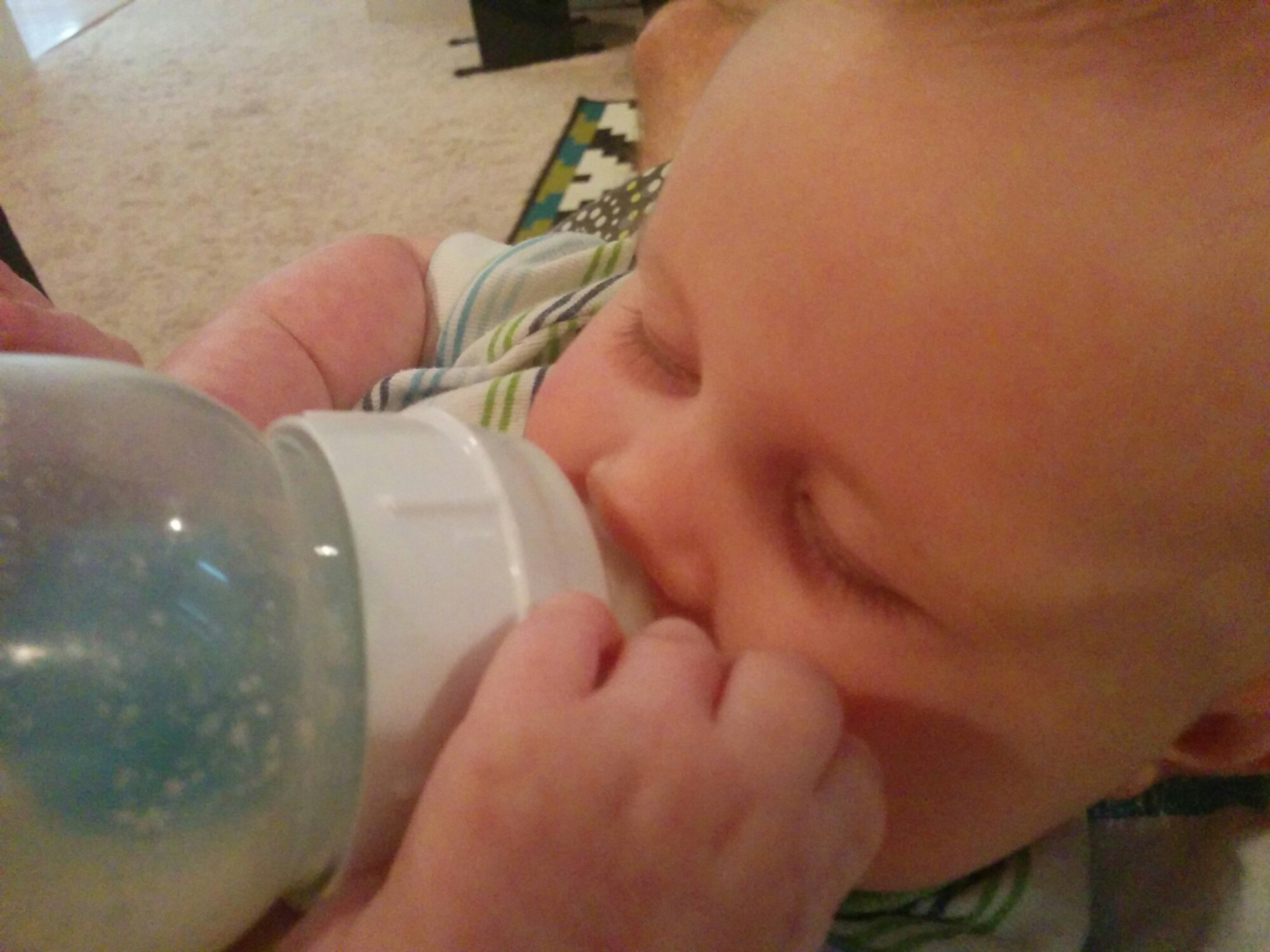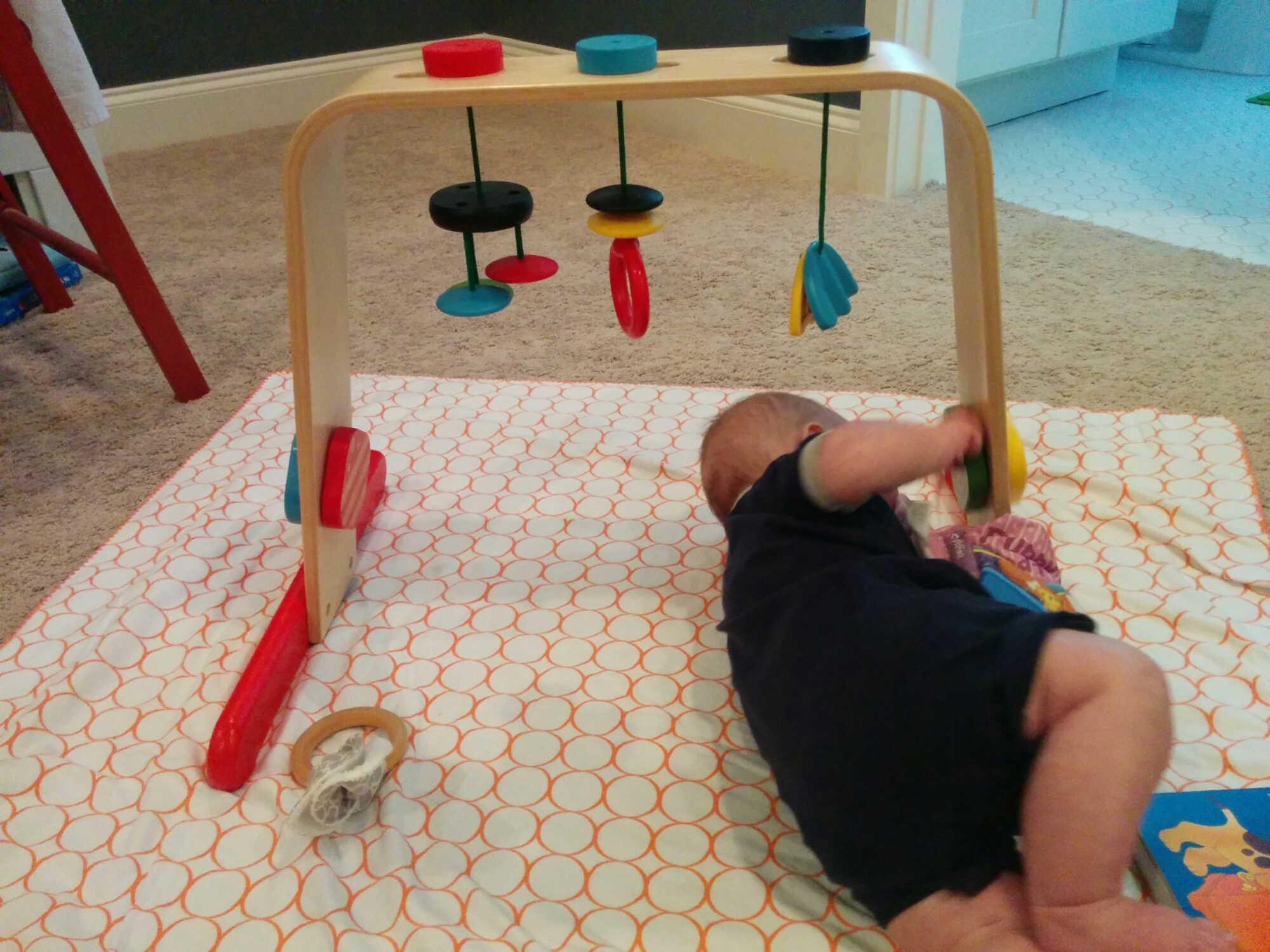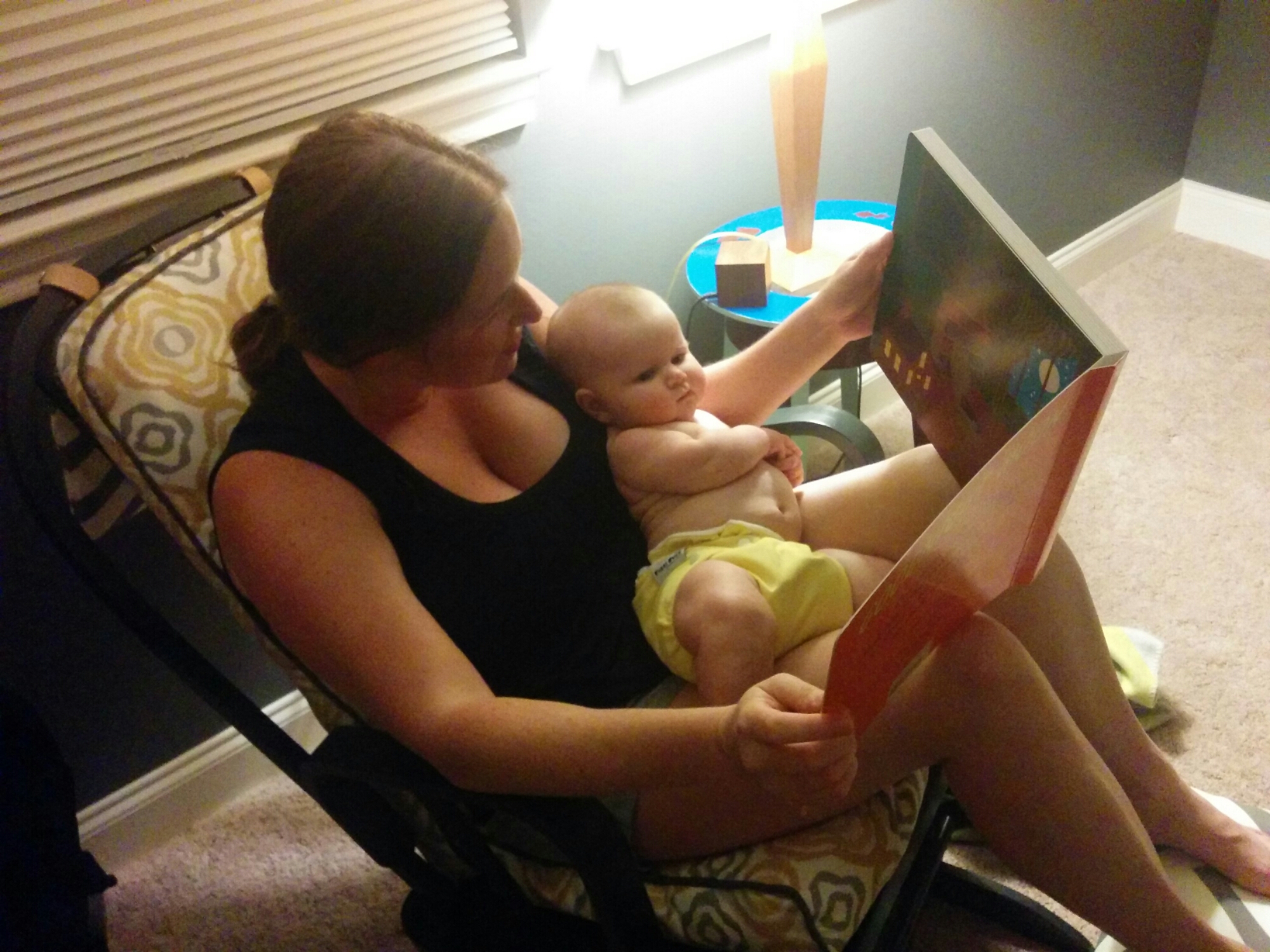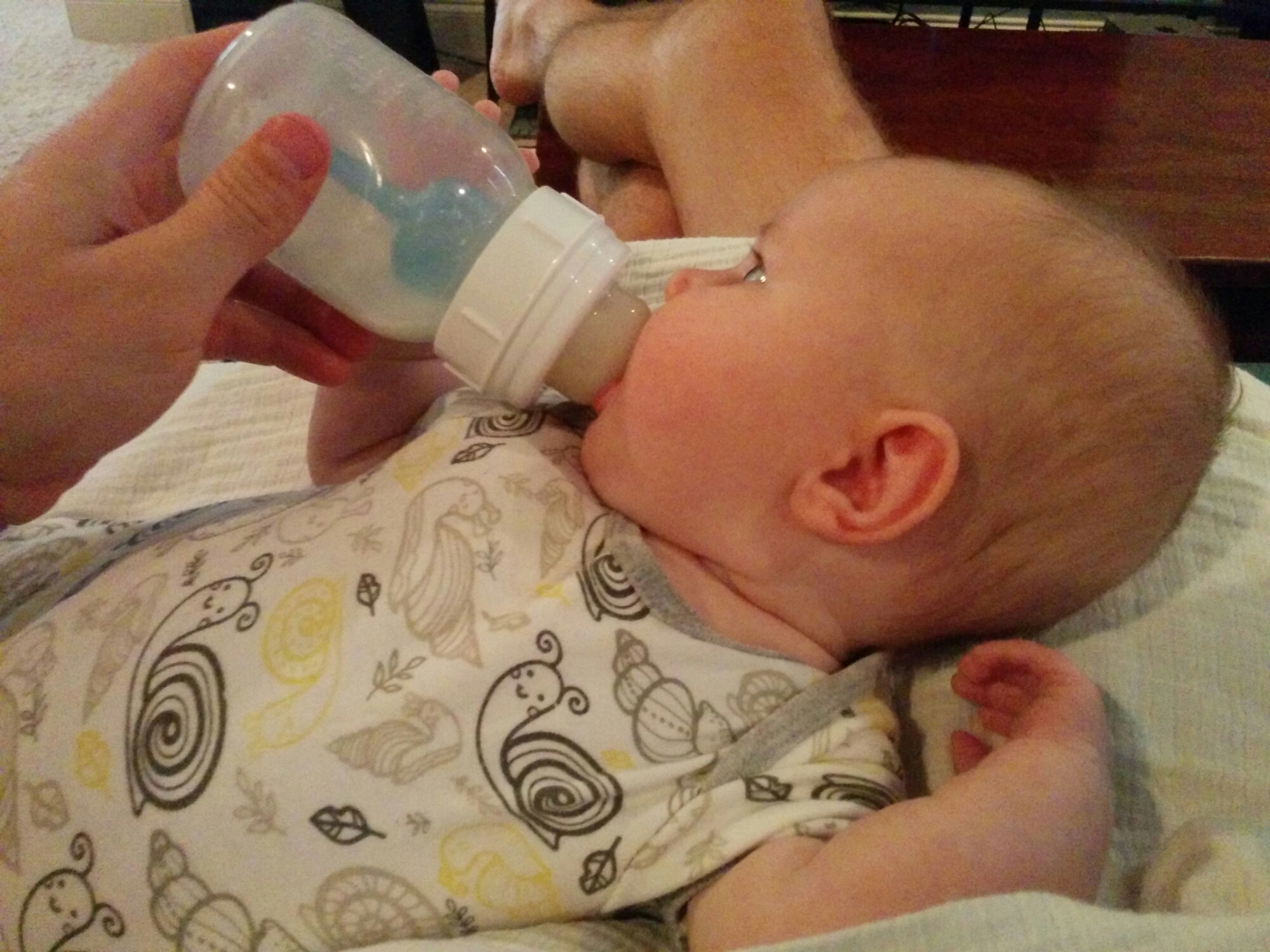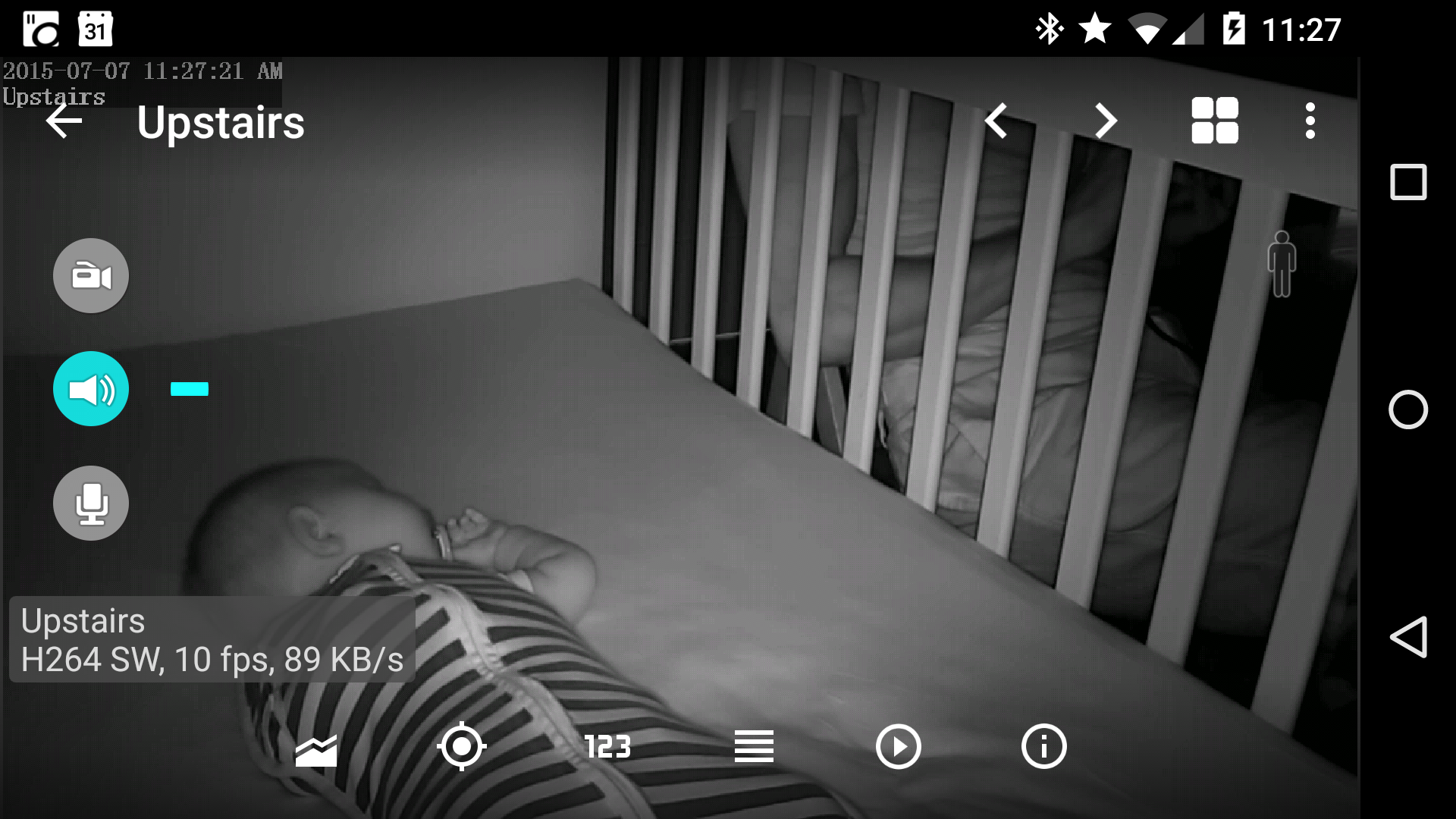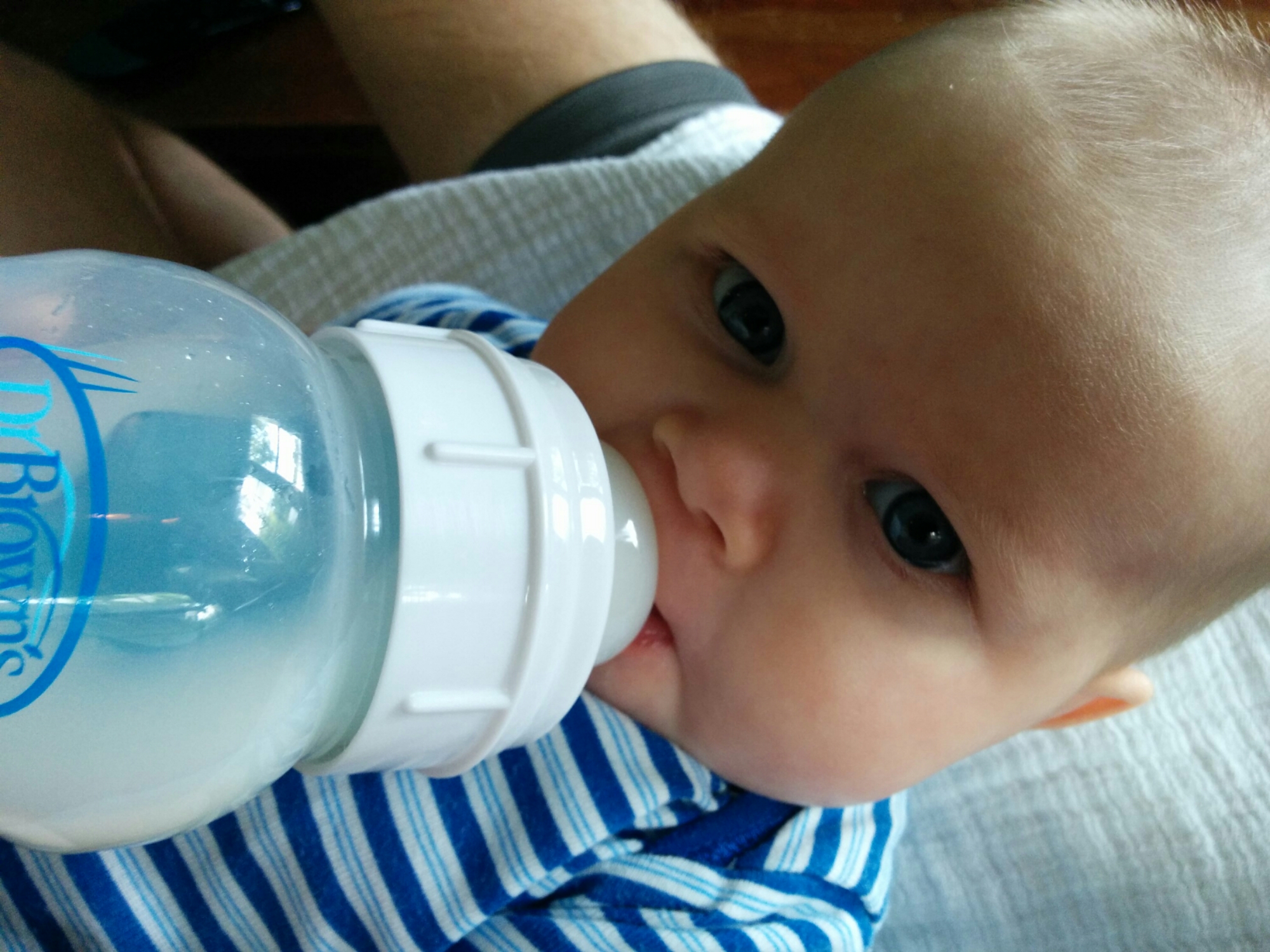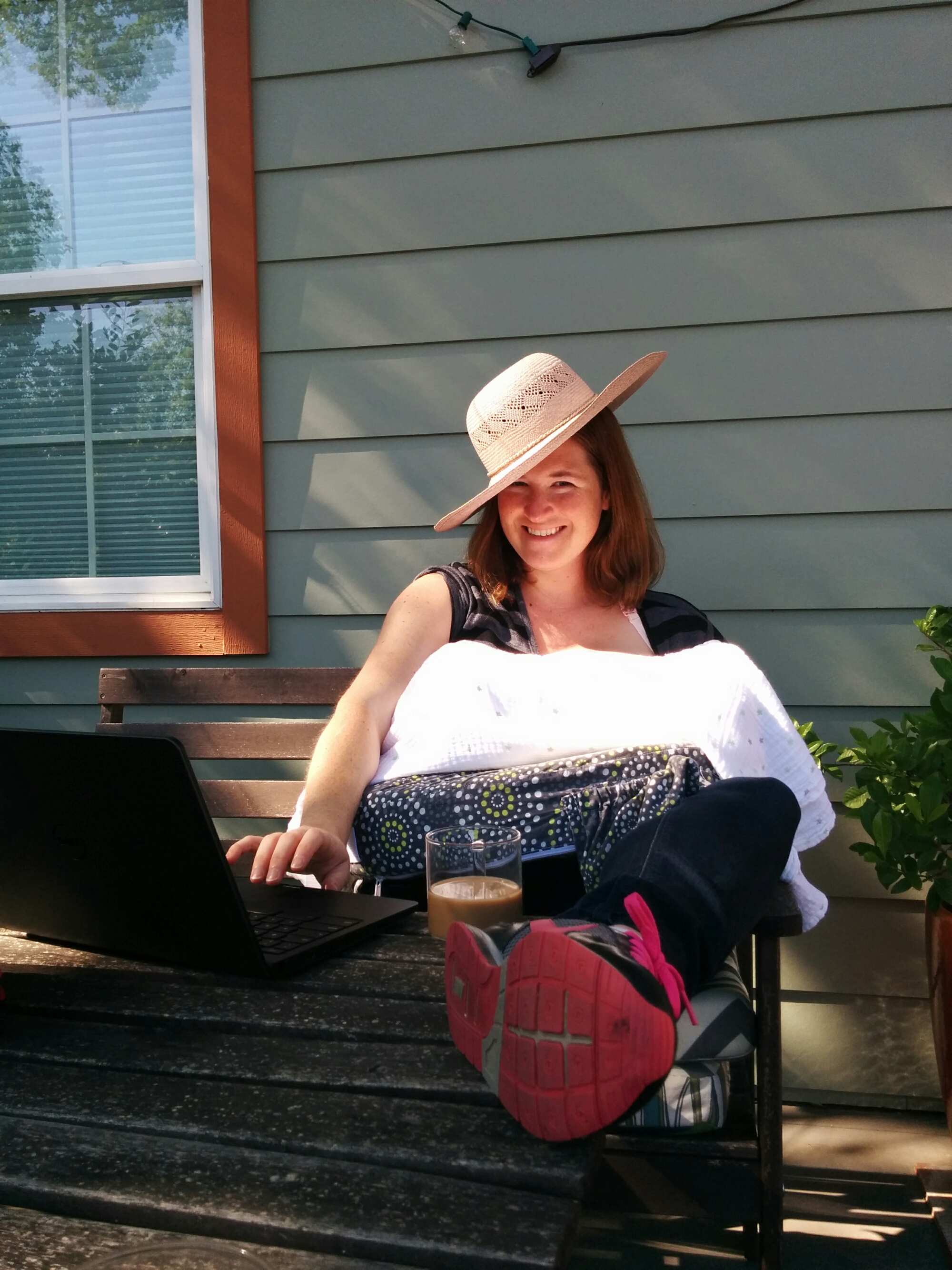This is immediately after a 2.5 hour nap.
Category: Uncategorized
they see her rollin’, they hatin’
multitasking
my face as hand playground
mom takes the reins at the of the day
caesar-like in her repose
hardware store helper
puppy training
I always secretly thought that early parenting was not dissimilar from dog training. Now that I have a human puppy of my own, I’m free to experiment with the techniques that worked well on Sous.
One of the core ideas in dog training is generalization: you first teach them a behavior in a very specific context, and then you generalize it. First, teach them to stay in the quiet of the kitchen, then the back yard, then the dog park, with the hope that one day you could yell “stay!” from the opposite side of a busy street and have them obey.
We’ve trained Annie to sleep well when swaddled–basically, with her arms pinned so she won’t swing her arms around and hit herself in the face. But, it would be nice if she didn’t need the swaddle to have a good nap. So, I’ve started to let just one arm out at a time during naps. First, it only worked for 45 minutes. Then, this morning, she had an arm out for the whole nap. A couple more days of this and I’ll have her napping without the straightjacket. Then, I guess, she should learn to nap while riding on Sous?
